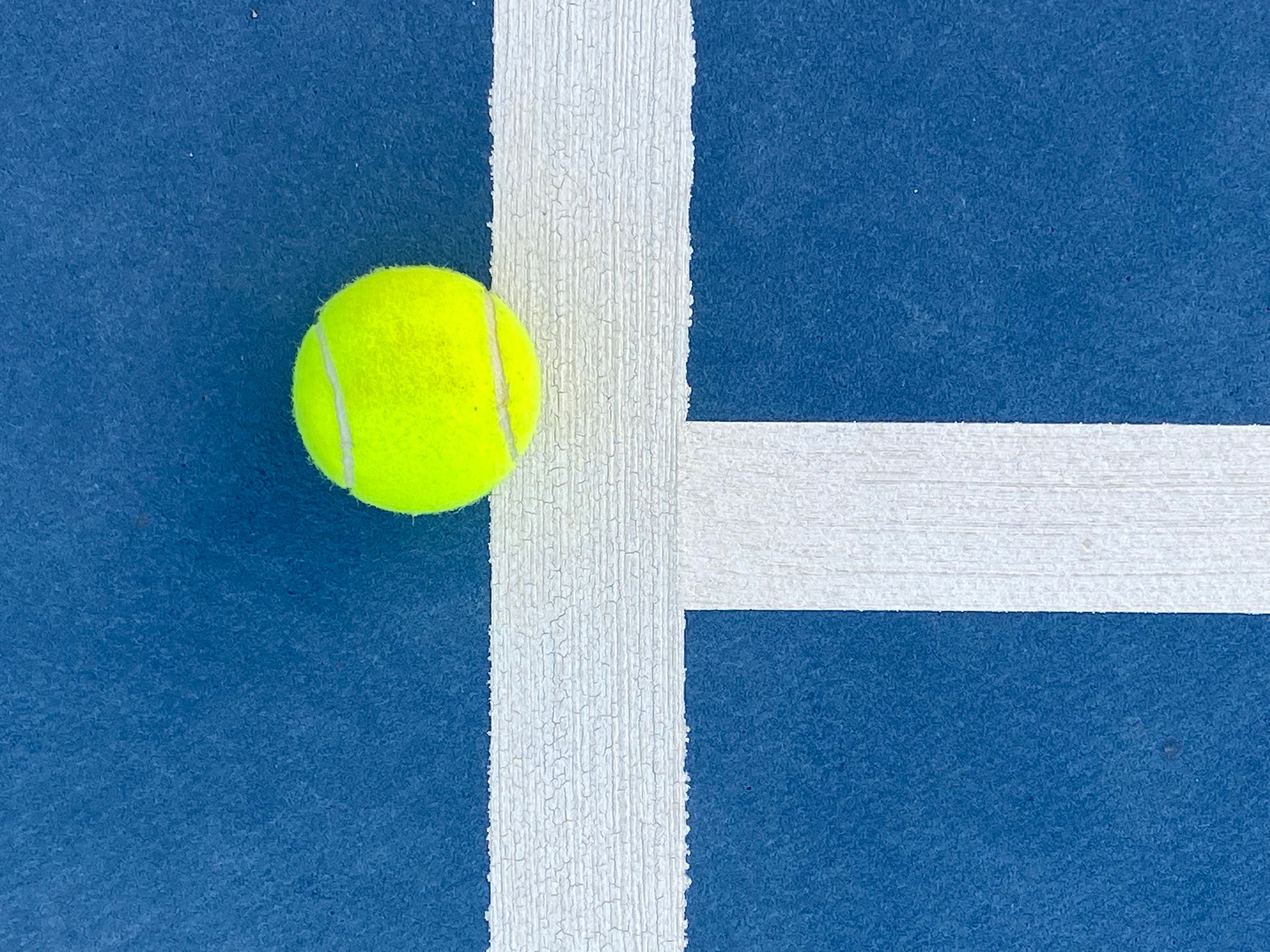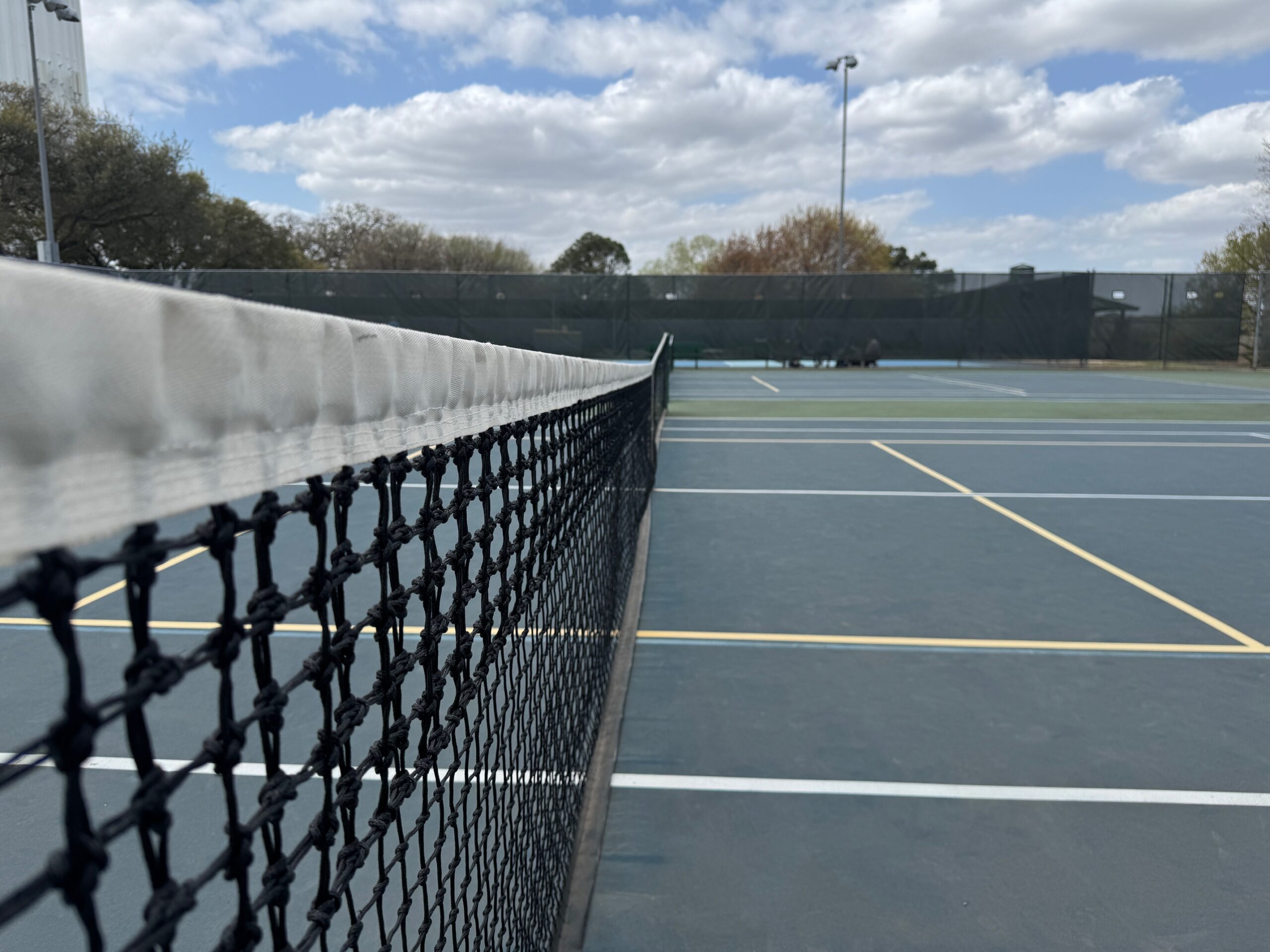There are many reasons that the National Senior Women’s Clay Court Championships in Houston is the quintessential tournament experience. For example, a breakfast and lunch buffet is served to the players every day. The pavilion where those meals are served overlooks two adjacent courts. It is a great place to dine while watching high-quality tennis.
That is the setting for a story that illustrates how the best tennis players sometimes implement a strategic plan that spans the entirety of a match. As I was settling down for breakfast a couple of years ago, a prominent player from Texas was assigned court 2 for an 8:30 am singles match. The initial games featured extended grueling points. A mutual friend from the player’s inner circle shared some strategic insight about how she expected the match to unfold.
I learned that our friend was anticipating that she would probably lose the first set. However, her goal was to keep the score close and to extend the duration of every point and game as long as possible. Essentially her strategy was to wear her opponent down to the point that her own superior fitness became a decisive advantage.
On a related note, this is exactly why the National Women’s Tennis Organization (NWTO) membership lobbied hard to retain full three-set matches to decide National Championships. The USTA tried to shorten the format a couple of years ago. Physical conditioning is within each individual player’s control. That is a legitimate and preferred differentiator in otherwise even matches.
The player from Texas lost the first set 5-7. Per my best recollection, it took about an hour and a half for the match to reach that point. I had other duties on the tournament grounds that morning and moved along.
When I returned to the pavilion for lunch, the match had passed the 3-hour mark and was heading into a third set. Two hours later, the player from Texas ultimately prevailed. She successfully prosecuted her pre-match strategy throughout the duration to earn the victory.
It required a long-term perspective from a couple of angles. First, the player from Texas took the court with a level of conditioning sufficient to carry her through a five-hour match. That takes advanced planning and dedication. Additionally, she formulated a whole match strategy and had the conviction to stick with it.
That match perfectly illustrates how the long-term perspectives of the very best players in Senior tennis can ultimately play out on the court. Those players spend years developing skills and stamina. It is why they are the very best in their age divisions.
Long-term perspectives and planning horizons makes mastery possible. Players at all levels can benefit from playing the long game as well.
Throughout 2023 I am exploring the 12 Habits of Highly Successful Tennis Players. A complete summary of all posts to date on that topic as well as what is coming up for the remainder of this year can be found on the 12 Habits of Highly Successful Tennis Players homepage.



